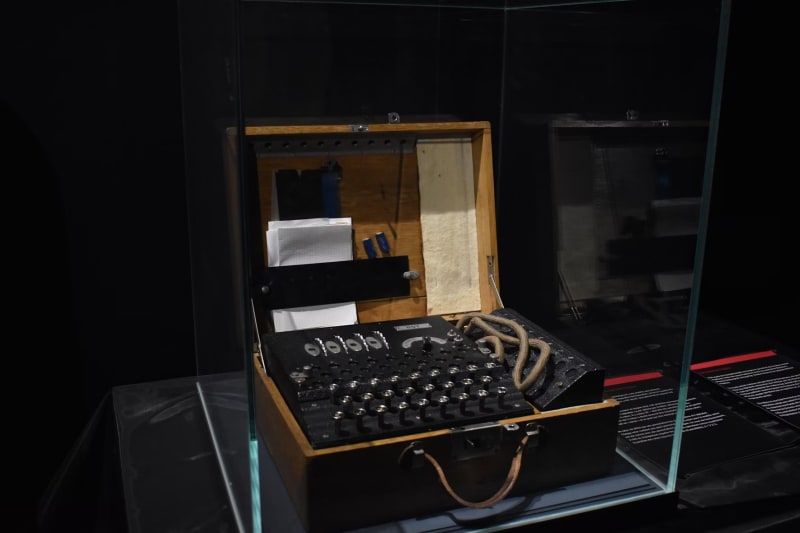Introduction:
Language models have revolutionized the way we interact with computers, and OpenAI’s ChatGPT is at the forefront of this revolution. The ChatGPT API provides developers with a powerful tool to integrate conversational AI capabilities into their applications, enabling natural language processing and generating human-like responses. In this article, we will explore how to use the ChatGPT API using Python and unleash the potential of this cutting-edge technology.
Prerequisites:
Before diving into the implementation, ensure that you have the following prerequisites in place:
- Python installed on your machine (version 3.6 or higher).
- OpenAI Python package (
openai) installed. You can install it using pip:pip install openai. - An API key from OpenAI. If you don’t have one, visit the OpenAI website (https://www.openai.com/) and follow the instructions to obtain an API key.
Getting Started:
To begin using the ChatGPT API, follow the steps below:
Step 1: Import Dependencies Start by importing the required packages in your Python script:
import openai
Step 2: Set Up the API Key
Next, set up your API key by assigning it to the OPENAI_API_KEY environment variable or directly using openai.api_key:
openai.api_key = 'YOUR_API_KEY'
Step 3: Make an API Call
To make an API call to ChatGPT, use the openai.Completion.create() method. Pass in the model parameter as "gpt-3.5-turbo" to ensure you are using the latest version of the model. Specify the prompt as the user’s message, and set the max_tokens to limit the response length:
response = openai.Completion.create(
engine="text-davinci-003",
prompt="Hello, how can I assist you today?",
max_tokens=50
)
Step 4: Extract and Use the Response
Once you receive the response from the API, you can extract the generated message using response['choices'][0]['text'] and utilize it in your application as desired:
message = response['choices'][0]['text']
print("ChatGPT: " + message)
Putting It All Together:
Now that you understand the individual steps, let’s create a simple interactive loop where the user can input messages, and ChatGPT responds accordingly:
while True:
user_input = input("User: ")
response = openai.Completion.create(
engine="text-davinci-003",
prompt=user_input,
max_tokens=50
)
message = response['choices'][0]['text']
print("ChatGPT: " + message)
Conclusion:
Using the ChatGPT API with Python opens up endless possibilities for building interactive and intelligent applications. By following the steps outlined in this article, you can integrate ChatGPT into your own projects and harness the power of conversational AI. Experiment, explore, and unlock the full potential of language models to create exciting user experiences. Happy coding!
Note: Make sure to review the OpenAI API documentation for any updates or changes to the API usage and guidelines.









